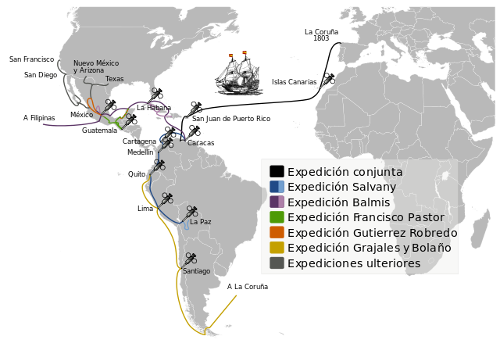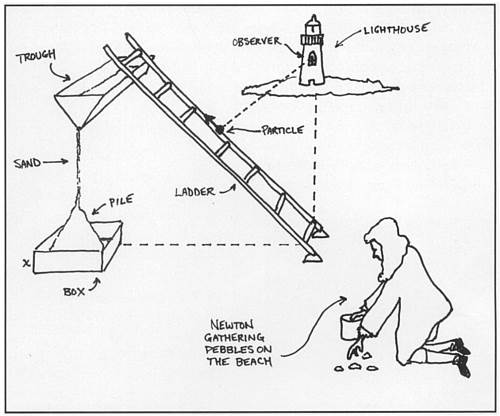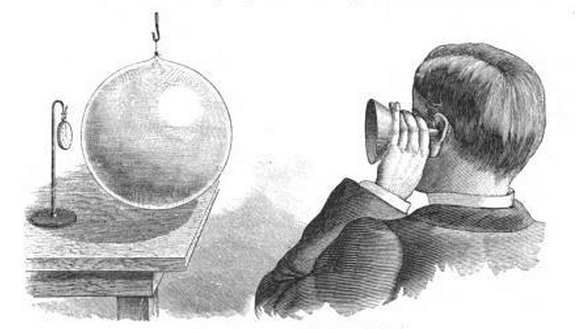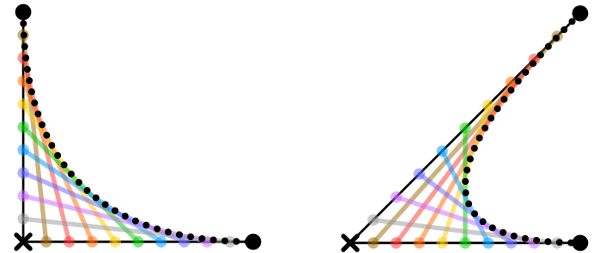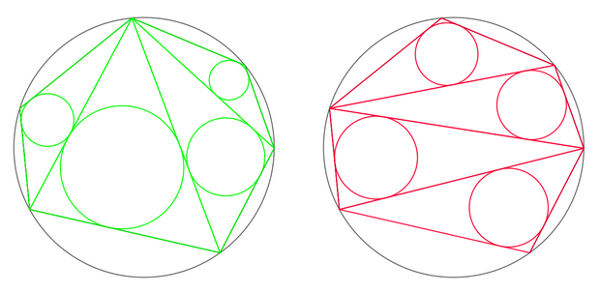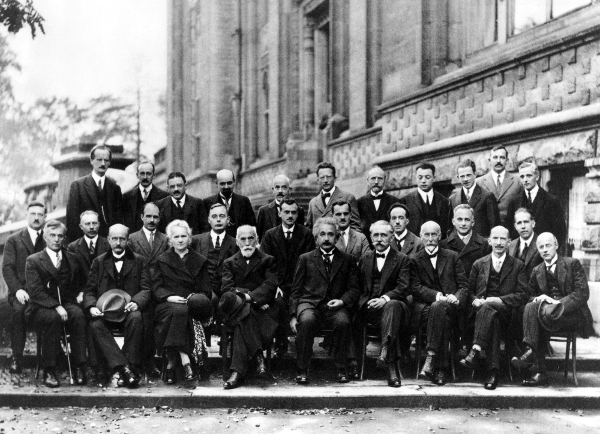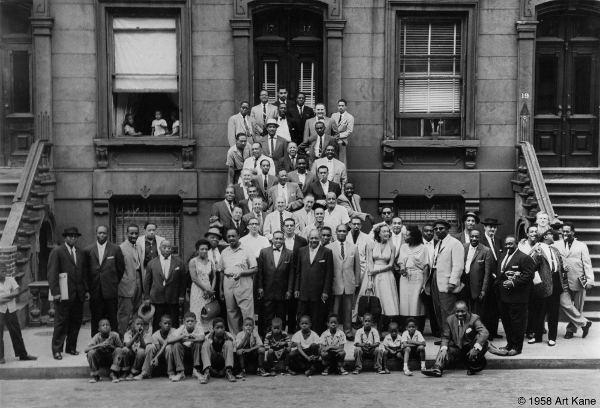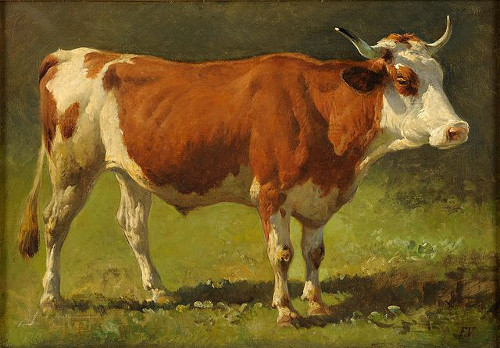Founded in the 1880s by Manhattan rationalists, the 13 Club held a regular dinner on the 13th of each month, seating 13 members at each table deliberately to laugh at superstition.
“I have given some attention to popular superstitions, and let me tell you that argument is powerless against them,” founding member Daniel Wolff told journalist Philip Hubert in 1890. “They have a grip upon the imagination that nothing but ridicule will lessen.” As an example he cited the tradition that the mirrors must be removed from a room in which a corpse is lying. “Make the experiment yourself, and the next time you are called upon to sit up with a corpse, notice how uncomfortable a mirror will make you feel,” he said. “Of course it is a matter of the imagination, but you can’t reason against it. All the ingrained terrors of six thousand years are in your bones. You walk across the floor and catch a glimpse of yourself in the glass. You start; was there not a spectral something behind you? So you cover it up.”
As honorary members the club recruited 16 U.S. senators, 12 governors, and six Army generals. Robert Green Ingersoll ended one 1886 toast by declaring, “We have had enough mediocrity, enough policy, enough superstition, enough prejudice, enough provincialism, and the time has come for the American citizen to say: ‘Hereafter I will be represented by men who are worthy, not only of the great Republic, but of the Nineteenth Century.'”
But Oscar Wilde, for one, turned them down. “I love superstitions,” he wrote. “They are the colour element of thought and imagination. They are the opponents of common sense. Common sense is the enemy of romance. The aim of your society seems to be dreadful. Leave us some unreality. Don’t make us too offensively sane.”
(Thanks, David.)

